
Stories by Tara Klager

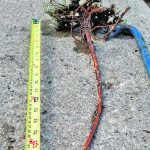
Plant lovers stay ahead of the backhoe
A grassroots plant group in Alberta works with developers to conserve native species that are at risk of disappearing
With more than 75 percent of native grassland on the Prairies already lost, one conservation group organized and got to work when a major new interchange was slated to begin construction on uncut grassland near Cochrane, Alta. The Alberta Native Plant Rescue, a grassroots and loosely organized group of volunteers, came together late last year […] Read more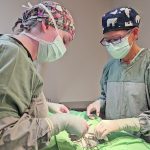
Abandoned pets worry rural residents
Communities struggle to find solutions to the problems caused by people dropping off unwanted animals in rural areas
Talk to most rural residents about abandoned animals found on or near their properties and you’ll get an earful about pot-bellied pigs, unwanted roosters, wandering domestic rabbits, even a fish — complete with tank — dropped on the side of the road. Cats, however, top the list of abandoned animals. “Cats have always been a […] Read more
Teen shepherd expands her flock
A Grade 10 student from Alberta took over the family sheep business when she was 13 and hasn’t looked back since
Sheeps’ milk soap, handmade dryer balls, raw fleeces, hand-shearing, breeding stock, sheepskin tanning, rotational grazing set-up, meat sales, rovings and wool batts — where does first-generation sheep farmer Kamden Bartman find time for it all? It’s even more remarkable when you realize the pint-sized power behind The Prairie Shepherdess is 16 years old. As a […] Read more
Sheep farmer tells shepherds’ stories
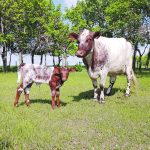
Heritage breeds may still have future potential
Heritage Livestock Canada works to raise awareness of how endangered livestock might help weather climate change
Rebecca Lange, president of Heritage Livestock Canada, is all-too-familiar with the adage, “if it works, it’s line breeding. If it doesn’t, it’s inbreeding.” “Genetic diversity is our biggest challenge,” she says. Lange says her organization connects breeders worldwide to help them bring in new genetics, including semen, embryos or live animals. “We rely on producers […] Read more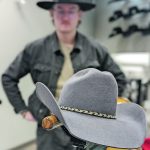
Inside the heady world of cowboy hat making
‘No two hats are the same’: Calgary company has been making Alberta’s favourite headgear for almost 100 years
“So, how did this happen? Did you have a background in fashion?” I put this question to Richard Cook, apprentice hatter at Smithbilt Hats Inc. in Calgary. We’re standing in the middle of hissing machinery in a brightly lit space just a few steps down from the main showroom. Around me, the walls are lined […] Read more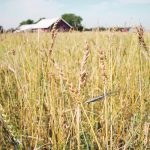
Endangered seeds may be key to biodiversity
Some varieties have fallen out of favour because they don’t fit modern food tastes, but others have simply been forgotten
Have you ever heard of a snow apple? How about red fife wheat? If not, you’re not alone. Welcome to the world of endangered seeds. When it comes to seeds, many people are used to seeing common varieties like Lincoln peas or Scarlett runner beans in their little envelopes on display racks. These, and others […] Read more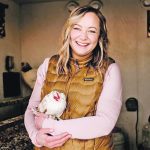
Manage coops for humidity, not temperature
Backyard chicken producers are urged to make sure they understand housing basics before bringing the birds home
The price of eggs — not to mention the idea of fluffy chicks — is enough to get even a confirmed suburbanite thinking about the merits of keeping a backyard flock these days. But eager chicken fanciers shouldn’t get ahead of themselves, says Cassandra Kirkpatrick, the urban hen and small flock programming instructor for the […] Read more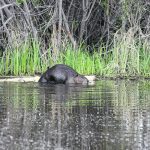
Beaver activity improves water-holding capacity
The animals can significantly increase open water, raising the water table and making more of it available to vegetation
For higher water retention, erosion control, greater biodiversity, increased pollinators, fire resilience and more vital land systems, farmers might consider looking to the beaver. “There are many cost-effective strategies to manage the two f-words — flooding and foraging — when it comes to beavers,” says Kirby England, faculty instructor at Lethbridge College’s School of Environmental […] Read more


